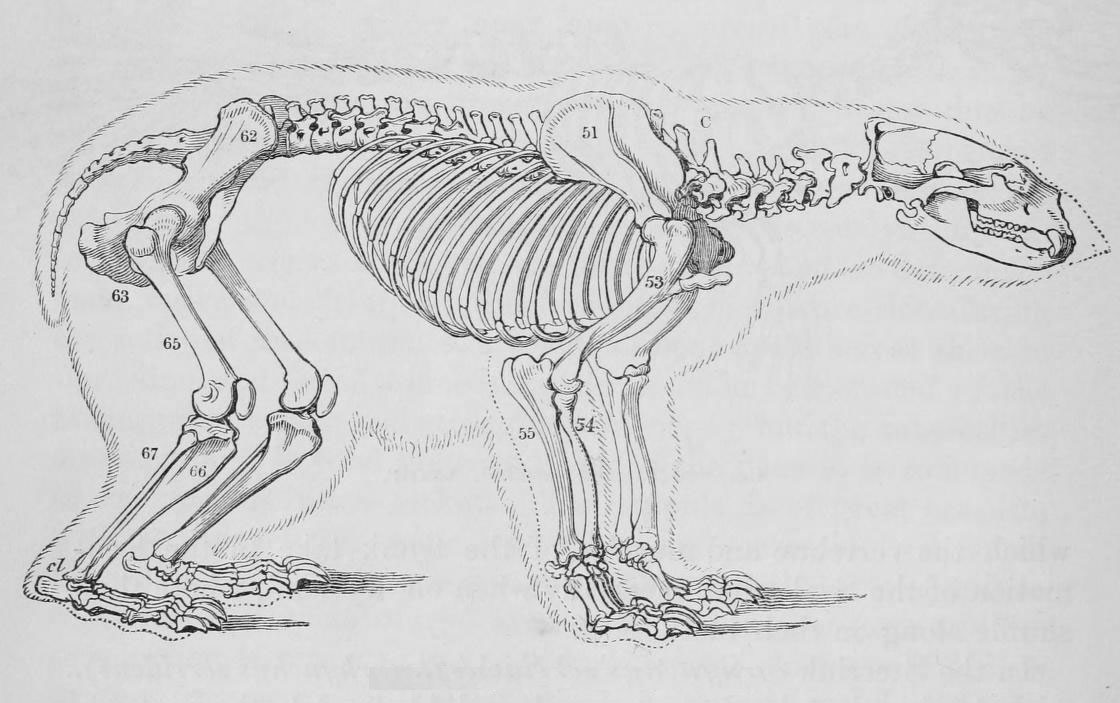Polar bear population ecology
Loss of sea ice has had extensive individual and population-level impacts on polar bears (Ursus maritimus) across the Arctic because the species requires sea ice as a platform on which to hunt. These impacts include declines in body condition, survival, and subpopulation size, and an increasing amount of time on land during summer in some areas. This work aims to understand and quantify the effects of sea ice loss on polar bears in all four sub-populations around Greenland (Kane Basin, Baffin Bay, Davis Strait and East Greenland) using longitudinal capture-recapture studies and tracking of individuals with satellite telemetry. Satellite telemetry data are analyzed together with environmental covariates and climate observations, in particular those related to sea ice, to understand how habitat use has changed. Samples collected from tagged bears are also used in nutritional ecology studies using stable isotopes, fatty acids and other markers from tissues to better understand diet. This work is used for polar bear management and conservation at the national and international levels and is conducted jointly with the Greenland Institute of Natural Resources. Comparative studies are also sometimes conducted with other polar bear sub-populations around the Arctic.



